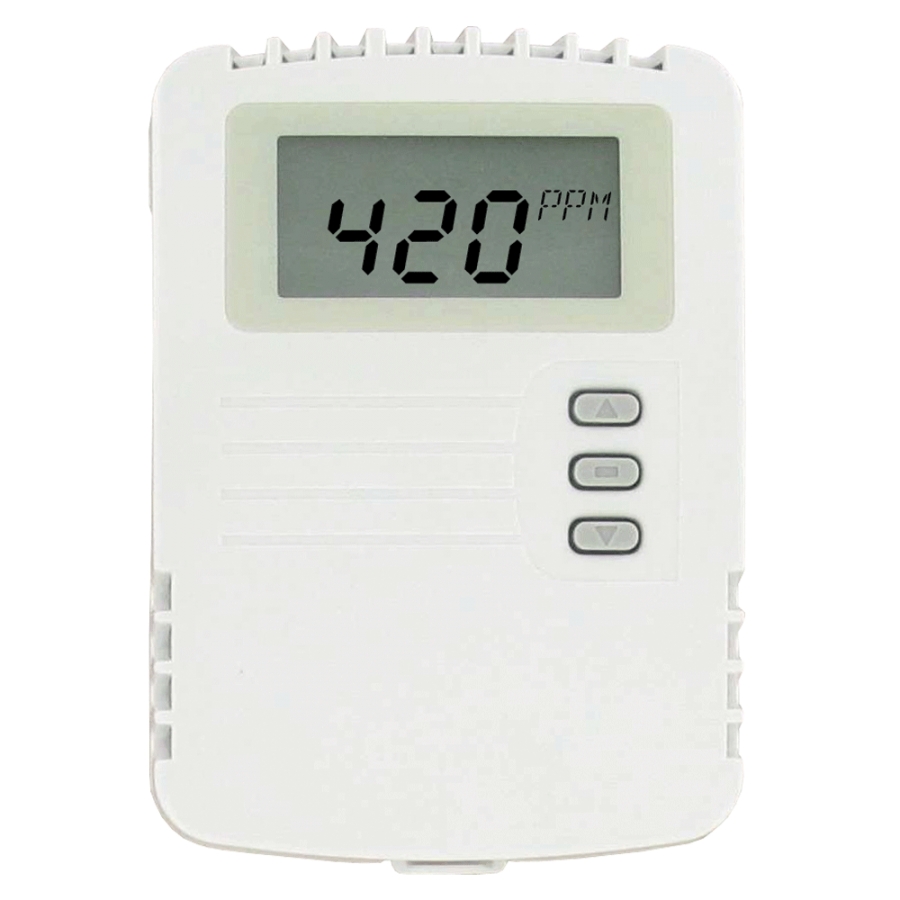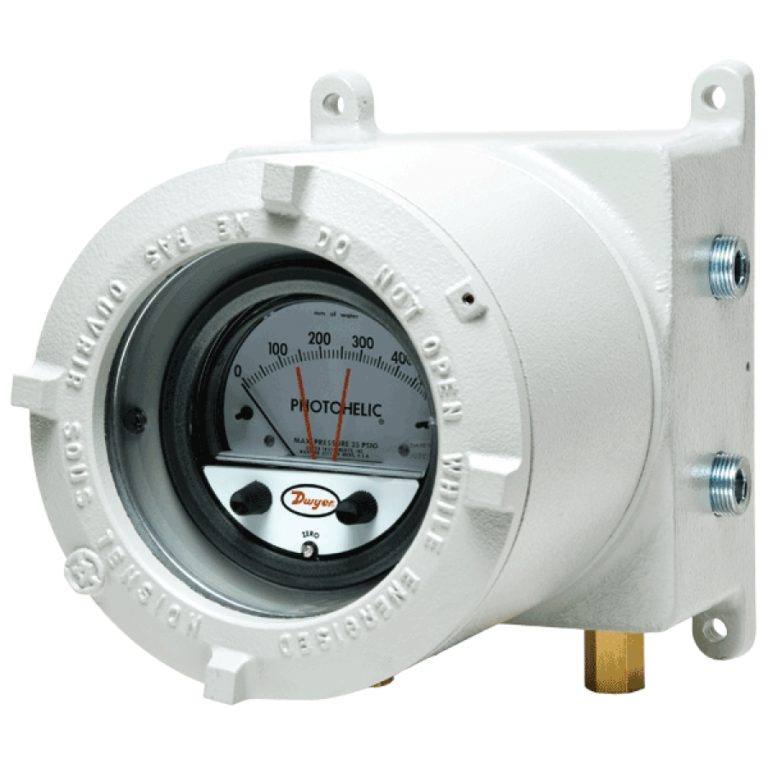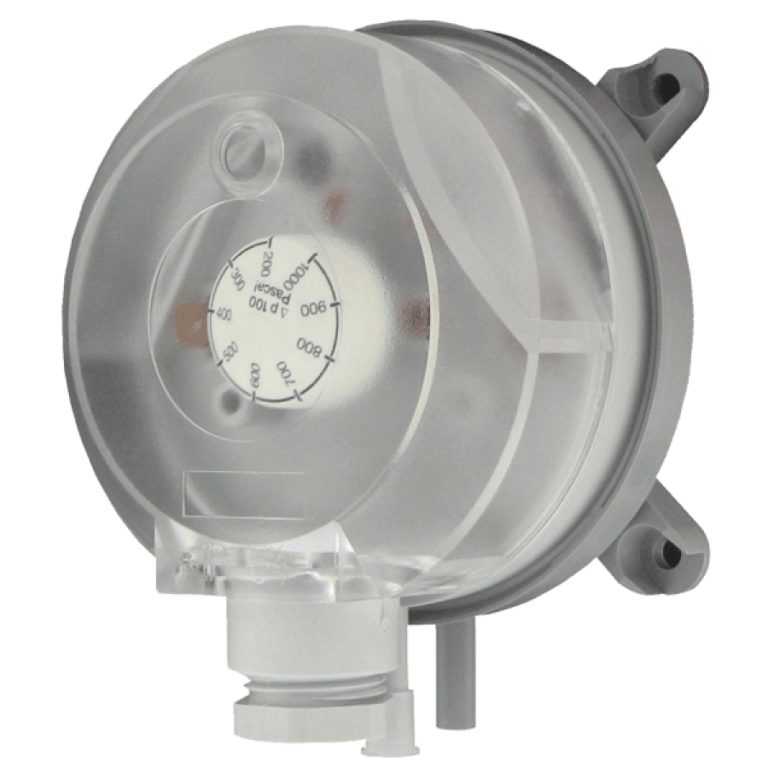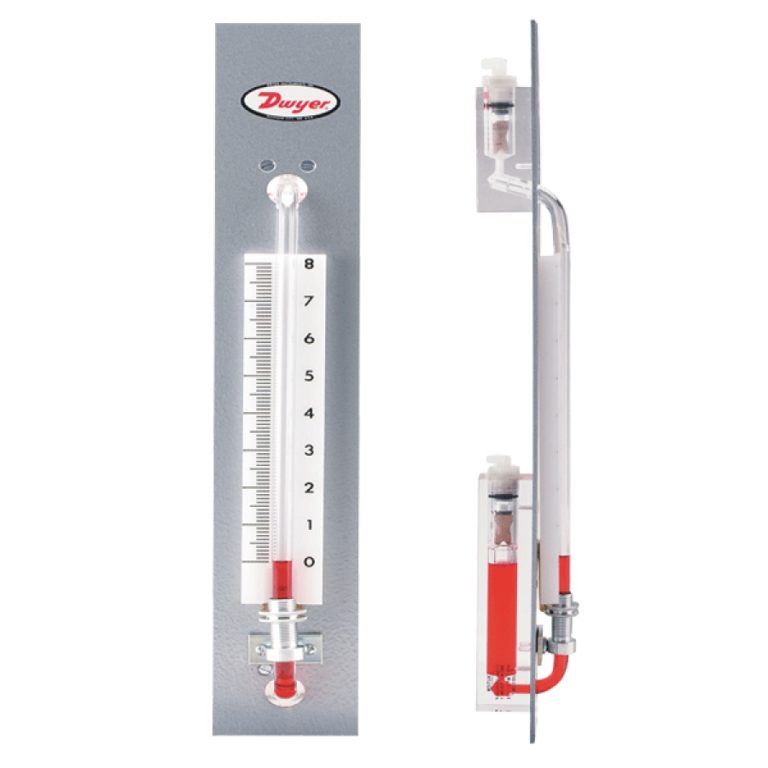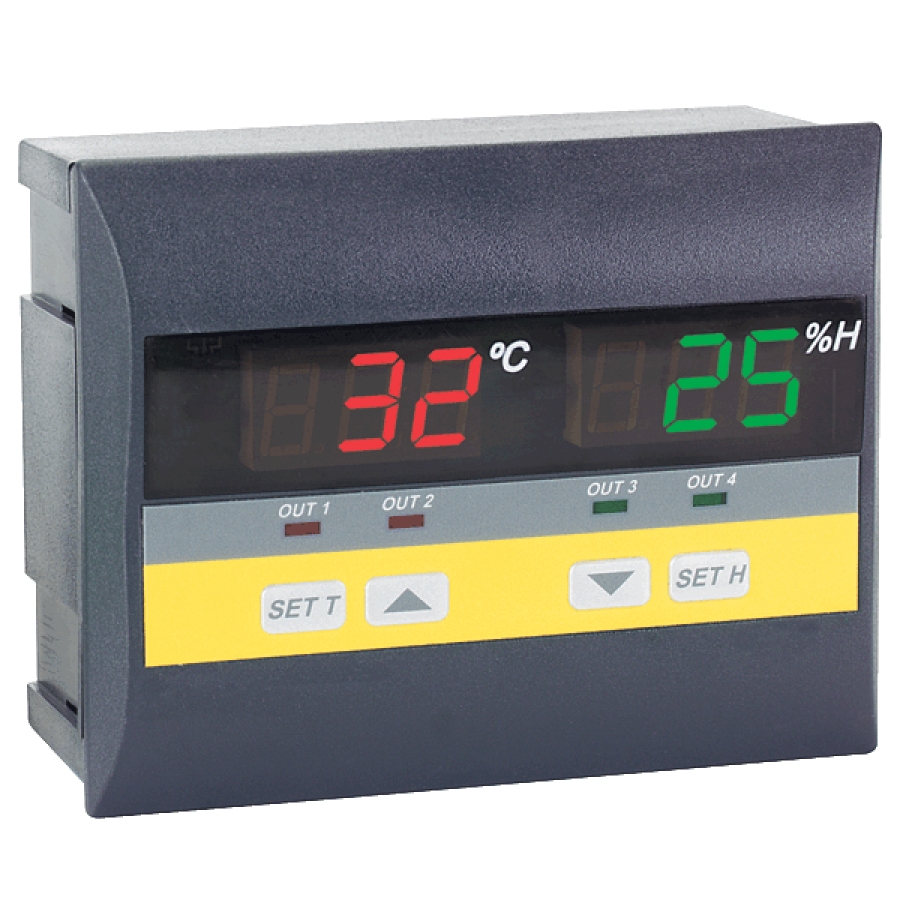
Series THC Temperature/Humidity Switch
March 25, 2020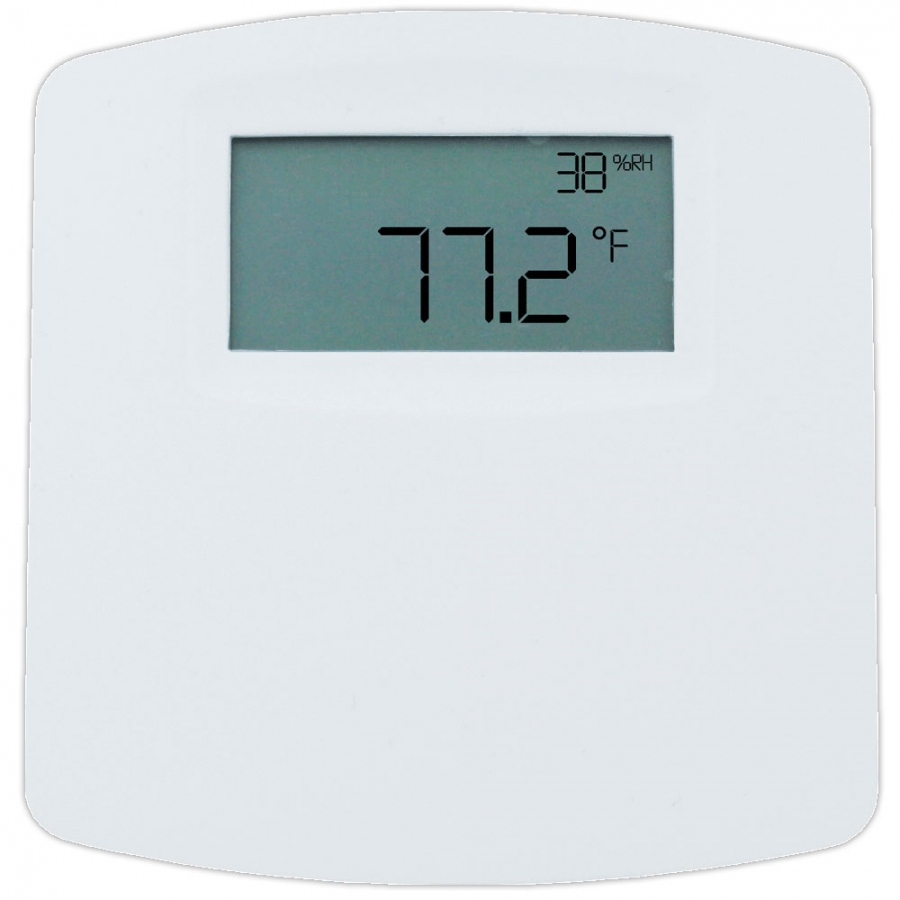
Series CDTR Carbon Dioxide/RH/Temperature Transmitter
March 25, 2020Series CDT Carbon Dioxide and Temperature Transmitters accurately monitor the CO2 concentration and temperature in schools, office buildings, and other indoor environments to help achieve LEED® certification. For increased sensor accuracy, a single-beam dual-wavelength non-dispersive infrared (NDIR) sensor is used to automatically correct the measurement in both occupied and unoccupied buildings against light source aging effects. The single-beam dual-wavelength sensor technology provides the highest level of accuracy compared to Automatic Baseline Correction methods which can unintentionally shift the calibration based on CO2 levels and barometric pressure conditions. In order to achieve a higher level of accuracy, the Series CDT includes digital barometric pressure adjustment and the ability to field-calibrate the sensor.
Universal outputs for both carbon dioxide and temperature allow users to select the transmitter output to be 4 to 20 mA, 0 to 5 VDC, or 0 to 10 VDC to work with virtually any building management controller. Additionally, a passive thermistor or RTD sensor can be ordered for a temperature output. An optional relay with user adjustable set points can be used to control exhaust fans, open actuated windows or dampers, or signal a light or horn.
For applications that require visual indication, the wall mount configurations of the Series CDT can be ordered with an integral LCD display. When ordering a duct mount configuration or a wall mount configuration without the display, the Model A- 449 or A-449A remote LCD display can plug into the miniature connector port on the transmitter. The display can be configured to display temperature only, CO2 only, or CO2 and temperature together. Push buttons are standard on all configurations of the transmitters for access to the menu structure, but wall mount configurations can be ordered without the buttons. To prevent tampering, the action of the buttons can be locked out using an internal dip switch selection. Menu items that can be accessed via the push buttons include: engineering units, relay output set points, display configuration, transmitter output scaling, ambient barometric pressure, and field calibration of the transmitter.
Single beam dual-wavelength sensor advantages:
- Automatically corrects for aging effects in occupied and unoccupied buildings
- Perfect for hospitals and manufacturing plants that are occupied 24 hours per day
- Measures actual unfiltered light intensity directly
- Eliminates error from incorrect assumptions of gas concentration in theoretical logic assumption methods

